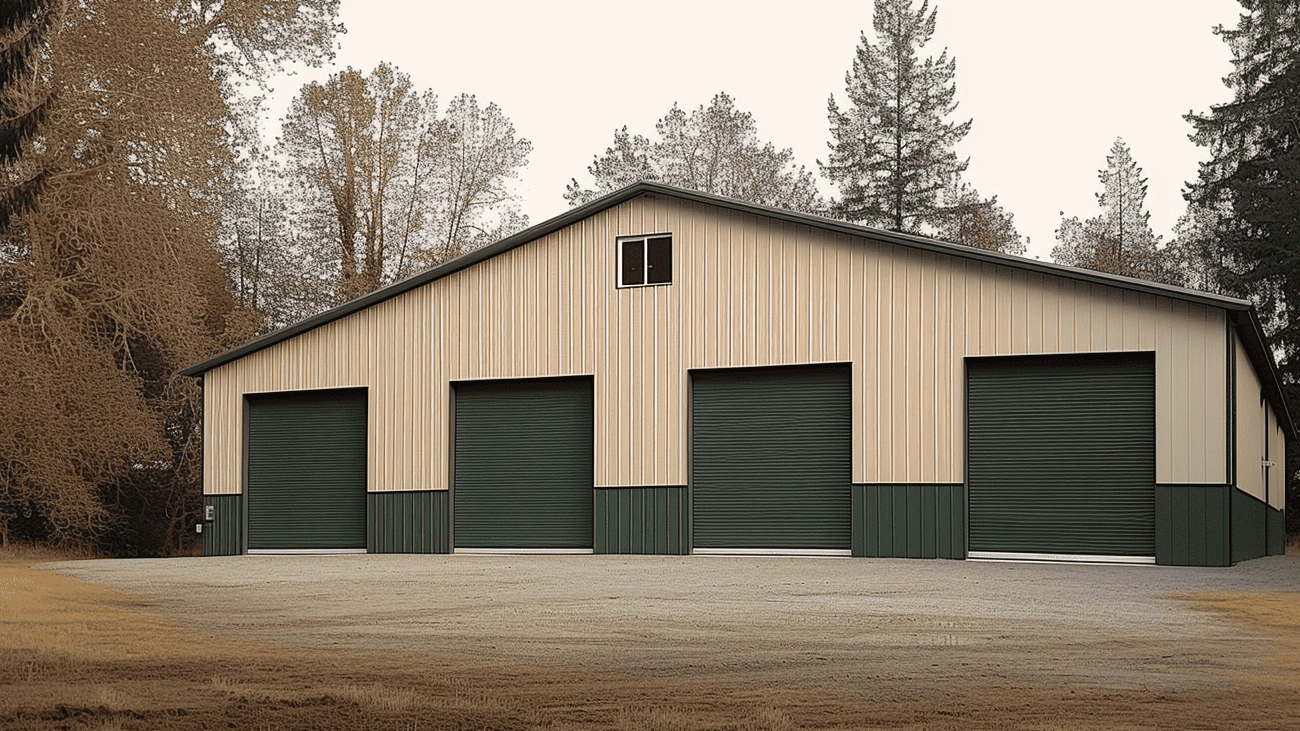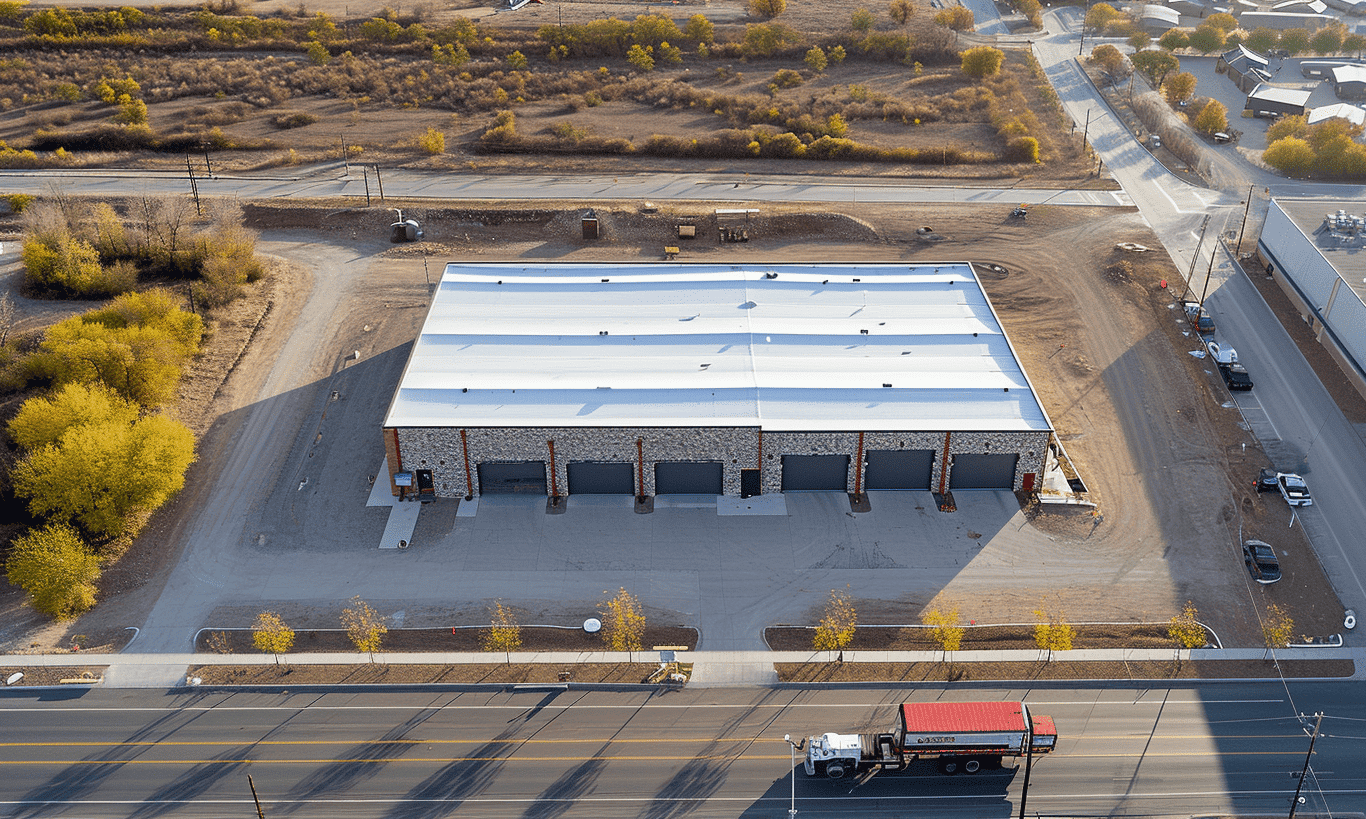In the world of construction, keeping up with building code updates can seem like a daunting task. Whether you’re erecting a new office tower or adding a simple backyard shed, these codes ensure safety, efficiency, and sustainability. But how often do we pause to think about these regulations that quietly underpin every beam and brick? Are we up to date with the latest changes? Let’s explore the importance of these updates and how to stay current.
Understanding Building Codes: The Basics
Building codes are akin to the rulebooks that guide the construction process. They set standards to ensure structures are safe and efficient, dictating everything from materials and design to electrical systems and emergency exits. Understanding building codes is vital for anyone involved in construction. For a more comprehensive guide, you can delve deeper into Building codes understanding to grasp the essentials.
Staying current with building code updates isn’t just about compliance; it’s about safety. Consider them the DNA of any infrastructure project, essential for safeguarding human life while promoting sustainable practices.
The Impact of Building Code Updates
Why should we care about building code updates? Because they encapsulate the evolution of standards responding to new technology, climate change, and lessons learned from past disasters. A real-time example can be seen in electrical code updates, which are crucial in keeping our wiring systems safe. These updates ensure that your construction project integrates the latest in safety and efficiency.
Updates also reflect changes in public policy and technology innovation, reinforcing the building codes’ intention to provide a safer living and working environment for everyone.
How to Stay Informed
Staying informed about building code updates might seem overwhelming, but it’s manageable with the right approach. Regularly checking official government websites, such as National Research Council Canada – Building Code Updates, can provide the most accurate and up-to-date information. Consider signing up for industry newsletters and attending relevant workshops for practical insights.
Furthermore, engaging with local government agencies is a great way to stay aligned with Permits and Local Building Codes. These connections ensure you’re always on the cutting edge of required knowledge, mitigating risks of breaching compliance inadvertently.
Regional Specifics: Focus on Ontario
In Canada, different regions may have unique requirements tailored to their specific environmental and structural needs. For example, considering Ontario’s diverse climate conditions and urban density, customized solutions are required. If you’re involved in construction projects in this area, learning about Ontario steel building solutions can ensure that your projects are both compliant and efficient. Ontario’s approach often leads broader updates due to its dynamic urban sprawl and high density.
Moreover, Ontario’s focus on sustainability in building structures exemplifies how regional code updates can profoundly influence construction practices. From energy-efficient insulation to advanced steel structures that withstand harsh winters, the updates foster innovations that benefit not only builders but inhabitants.
Visualizing Building Code Adaptations
Let’s take a moment to visualize the practical implications of these updates. For instance, steel buildings, favored for their durability and flexibility, must comply with stringent codes that address seismic activity and energy efficiency. Below are examples of steel building applications responding to these codes:



These images offer a glimpse into how updated building codes translate into real-world applications, creating structures that are not only compliant but also innovative and efficient.
Looking Towards the Future
So, what does the future hold for building codes? In an age increasingly defined by environmental concerns and technological advancements, expect building codes to evolve rapidly. Emphasis on sustainable design, green technology, and intelligent systems will likely spearhead future updates. Think of building codes as a software program receiving updates—keeping your system not just current but ahead of potential issues.
Moreover, as climate change continues to shift the parameters of safety and efficiency, building code updates will reflect adaptive measures that confront these global trends head-on.
Conclusion: The Takeaway
Staying current with building code updates is more than just a legal obligation. It’s about ensuring safety, advancing technology, and embracing sustainability within construction practices. As you plan your future projects, keep these updates as a pivotal part of your strategy, positioning yourself and your projects as front-runners in a dynamic, ever-evolving field.
The journey to understand and incorporate the latest updates might seem arduous yet inevitable. So, the next time you’re embarking on a construction project, remember the power of codes: unseen yet fundamental to the safety and integrity of your structures. Are you ready to keep pace with these silent guardians of the building world?
These considerations will ensure that you are laying the groundwork for safer, more efficient, and future-ready structures. Stay informed, stay compliant, and let the codes guide you through your construction endeavors.










